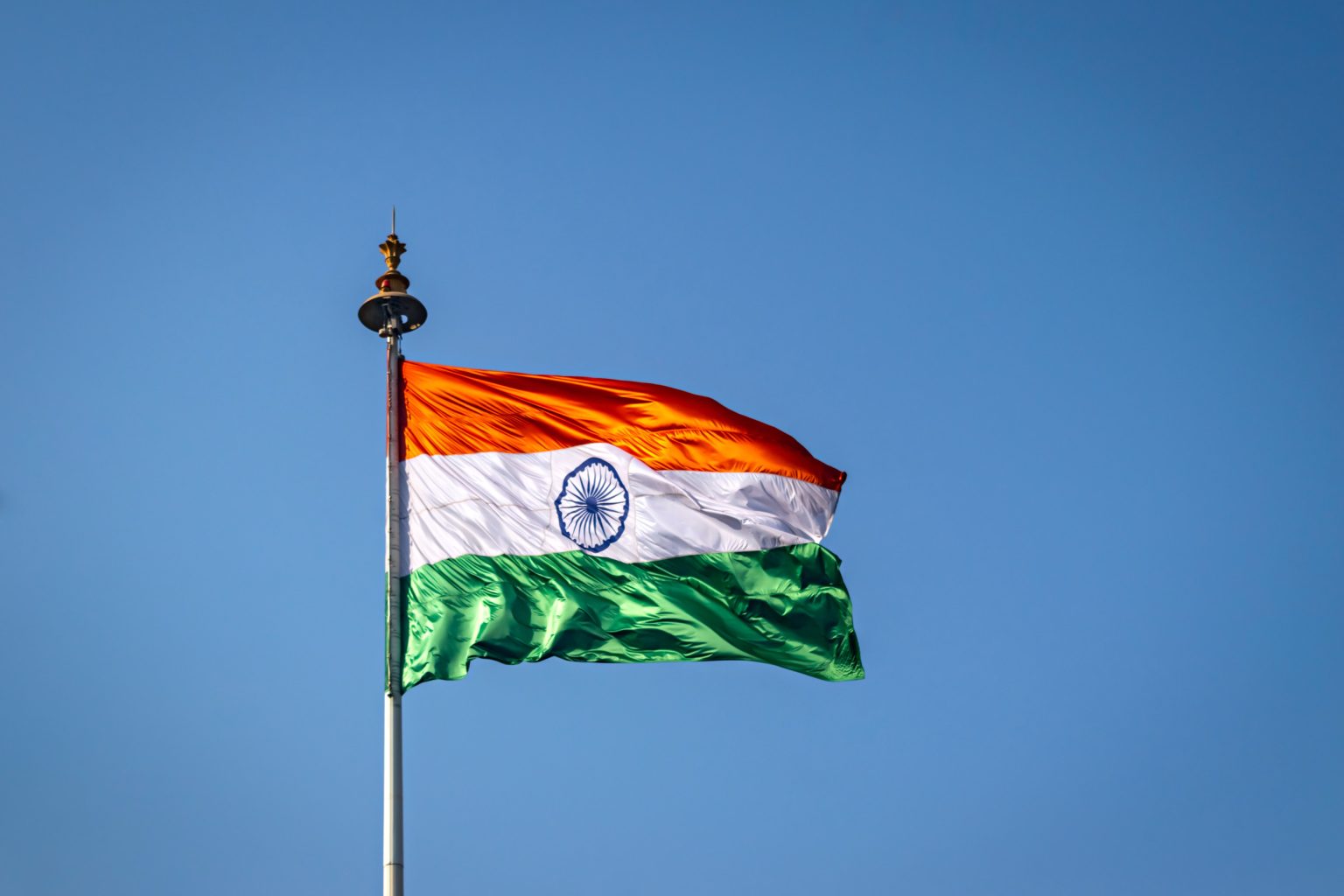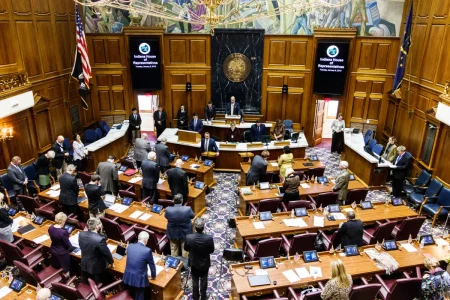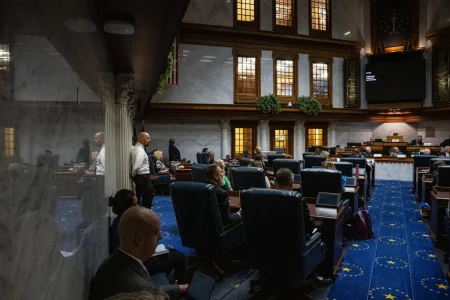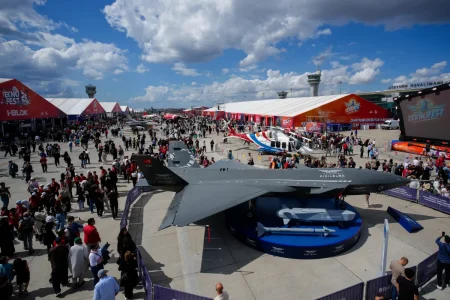Understanding India’s Tariff Policy: A Balanced Perspective
The perception that India imposes excessively high tariffs has become widespread in international trade discussions, but a closer examination reveals a more nuanced reality. While subjective factors often color assessments of countries, tariffs are quantifiable metrics that deserve objective analysis rather than emotional judgments. To properly understand India’s tariff regime, we must first recognize the distinct economic functions tariffs serve in developing economies compared to advanced ones. For low-income developing countries like India, tariffs traditionally fulfill two critical purposes: protecting domestic industries, particularly infant ones needing shelter to establish an industrial foundation, and generating government revenue. This contrasts with high-income nations that have different economic priorities and structures. Protection of emerging industries is a universally accepted economic principle, while revenue generation through duties on luxury goods and non-essentials represents pragmatic fiscal policy for developing economies.
India’s tariff journey reflects its economic evolution over decades. The country maintained relatively high tariffs in the 1980s, but initiated significant reductions following the landmark 1991 economic reforms and during Uruguay Round negotiations that established the World Trade Organization. Since then, India has consistently followed a pattern of gradual tariff reduction year after year. When analyzing tariffs, two technical measures are relevant: applied tariffs (the actual rates imposed at borders) and bound tariffs (the maximum legally permissible rates under WTO commitments). While the trade war initiated by certain developed nations arguably violates WTO principles, the broader context matters – it’s economically logical that lower-income developing countries maintain higher tariffs than G7 nations due to their different development stages and economic needs. The comparison must account for these fundamental differences rather than expecting uniform tariff regimes across dissimilar economies.
The measurement method significantly affects how India’s tariff regime appears internationally. Using simple average tariffs (treating all products equally regardless of import volume), India’s figure of 15.98% might seem high. However, the more economically meaningful measure is trade-weighted applied tariffs, which account for actual trade volumes and better reflect market reality. By this measure, India maintains a moderate 4.6% rate – hardly justifying characterizations as a “tariff king.” The substantial gap between these figures stems from India’s strategic approach to tariffs, maintaining higher rates in specific sectors like agriculture and automobiles while keeping tariffs low in areas where imports are crucial for economic development and consumer welfare. This targeted approach allows India to protect vulnerable sectors while maintaining overall openness to global trade.
The agricultural sector exemplifies India’s nuanced tariff policy and illustrates why blanket assessments are misleading. Agriculture in India is truly unique, with approximately half of its massive population depending directly or indirectly on farming for livelihood. Unlike industrialized nations, Indian agriculture features small landholdings, limited mechanization, and subsistence-level operations rather than commercial-scale enterprises. For these farmers, agriculture represents survival rather than profit-seeking. India maintains average tariffs around 33% on agricultural products like meat, dairy, fruits, and cereals – not to restrict trade arbitrarily but to protect this vulnerable population. This approach appears reasonable when compared with other nations: the European Union imposes average rates of 37.5% on dairy (reaching up to 205%) and up to 261% on fruits and vegetables; Japan charges 61.3% on dairy (up to 298%) and up to 258% on cereals; South Korea’s agricultural tariffs average 54% but reach 800% on vegetables and 300% on fruits. The automobile sector receives similar protection because of its massive employment generation capacity, crucial for a country with India’s population dynamics.
Even India’s simple average tariff of 15.98% aligns with global patterns for developing economies. Countries with comparable or higher per capita GDP maintain similar tariffs: Bangladesh (14.1%), Argentina (13.4%), and Turkey (16.2%). In technology sectors critical to modern economies, India’s approach is particularly open – imposing zero tariffs on most IT hardware, semiconductors, computers, and associated components, with modest average tariffs of 10.9% on electronics and 8.3% on computing machinery. This compares favorably with regional competitors: Vietnam imposes 8.5% (up to 35%) on electronic equipment; China charges 5.4% (up to 20%) on electronics and up to 25% on computing machinery; Indonesia levies 6.3% (up to 20%) on electronic equipment and up to 30% on computing machinery. These comparisons demonstrate that India’s tariff structure often presents equal or lower barriers to exporters than many Asian counterparts.
India’s tariff policy represents a carefully calibrated approach balancing development imperatives, social welfare, and integration with global markets. While the country maintains justifiable protection for agricultural, dairy, and automotive sectors due to their socioeconomic significance, its overall trade-weighted applied tariff presents a picture of reasonable openness. This balanced approach ensures protection for vulnerable sectors while embracing global integration in areas where it benefits the economy. The label of “tariff king” fails to capture this nuance and overlooks comparable or higher tariffs maintained by nations at similar development stages. India’s evolving tariff structure reflects its development journey – gradually opening markets while protecting crucial sectors that support hundreds of millions of livelihoods. As with many aspects of economic policy in complex developing economies, the reality of India’s tariff regime defies simplistic characterizations and deserves to be understood within its proper developmental and comparative context.















